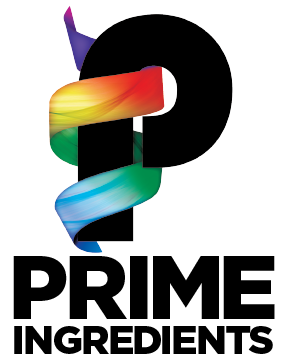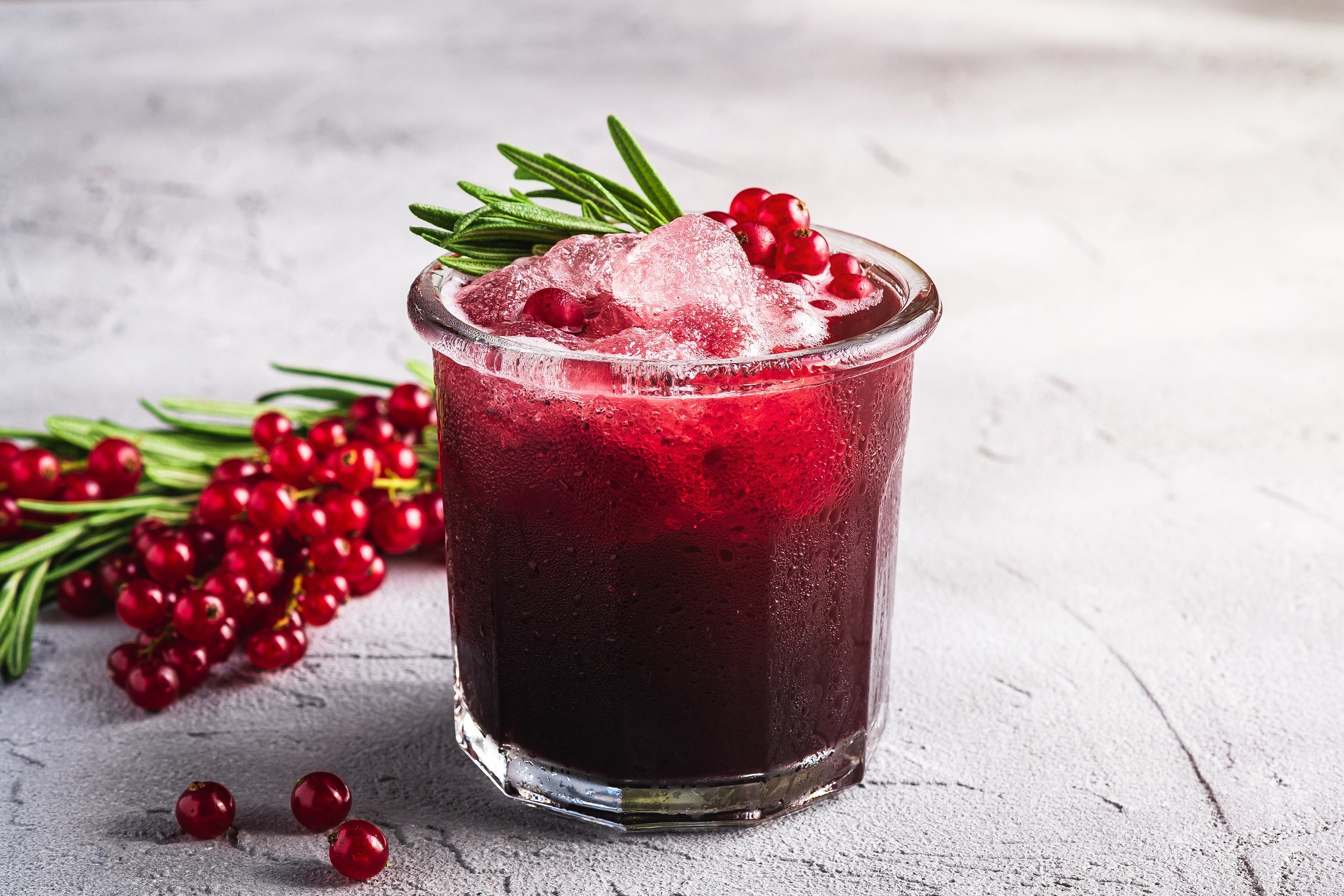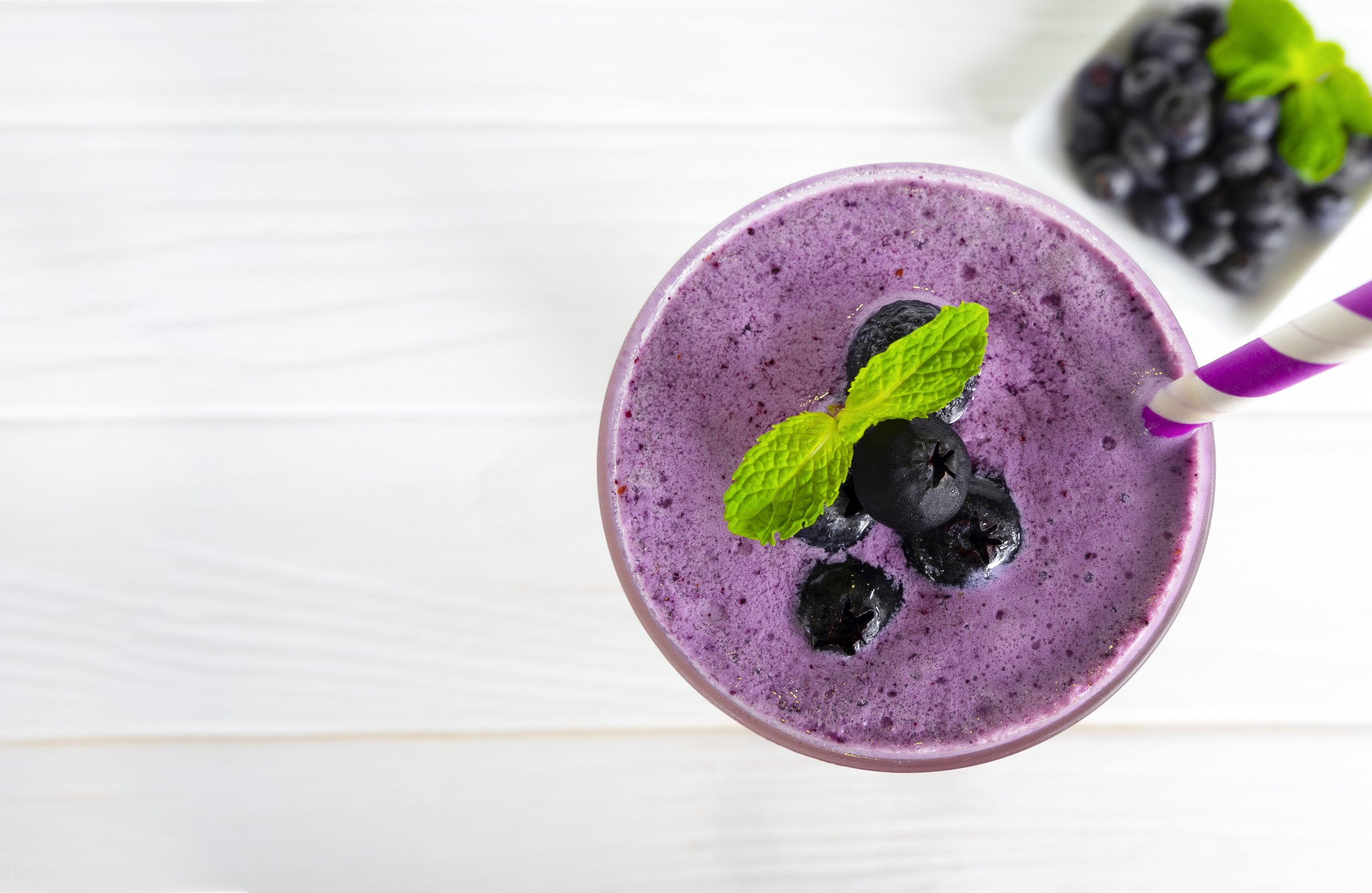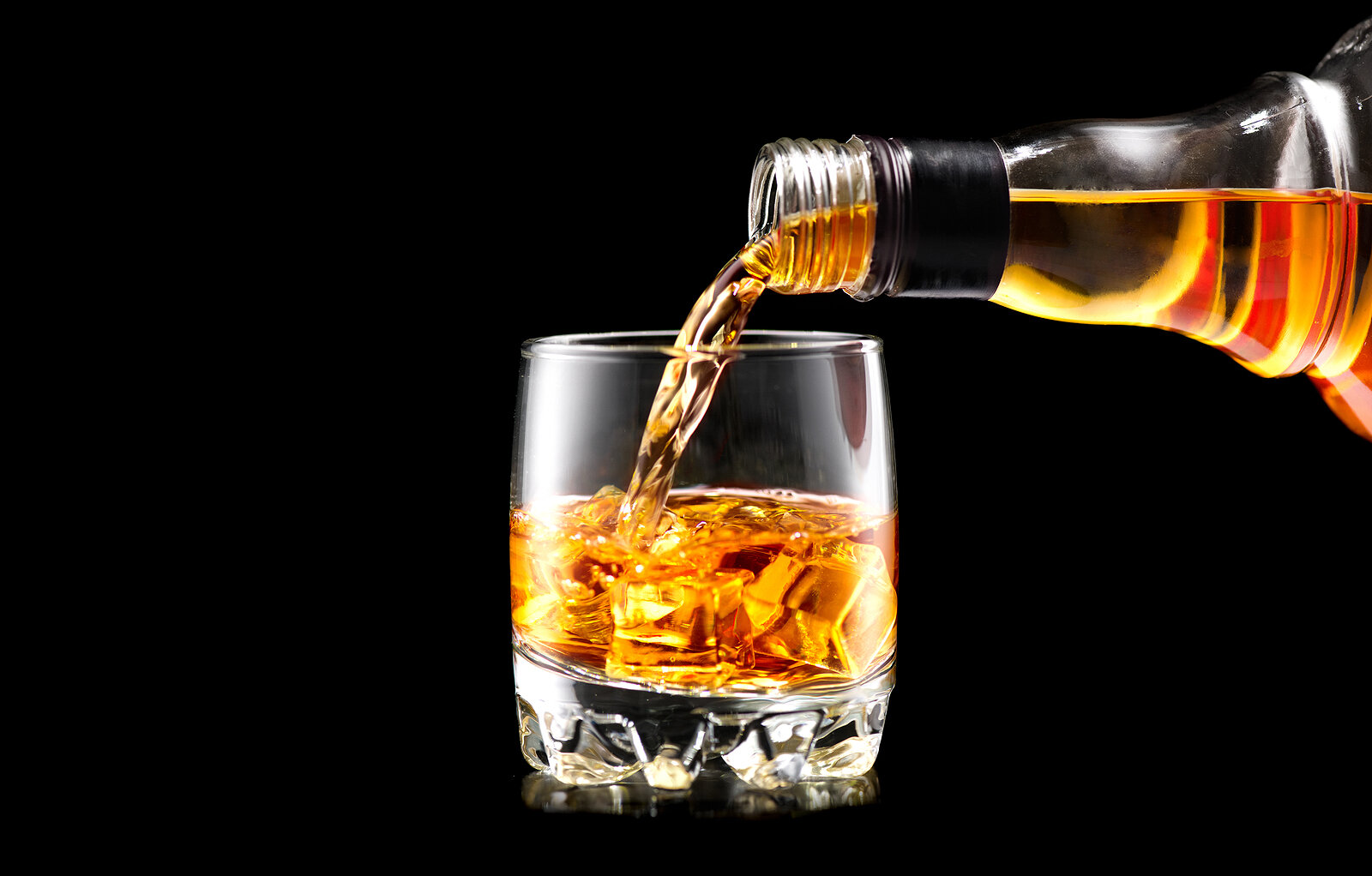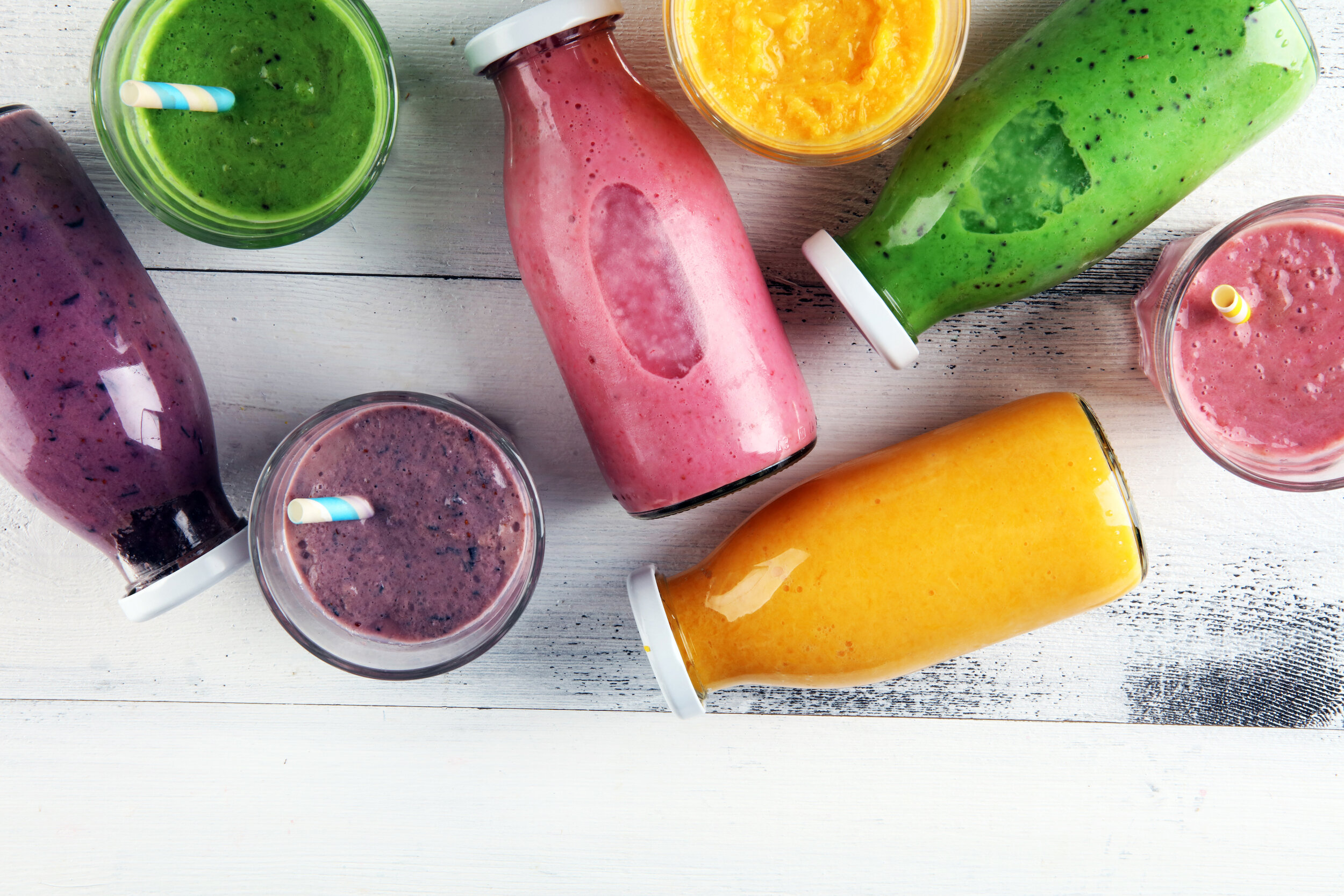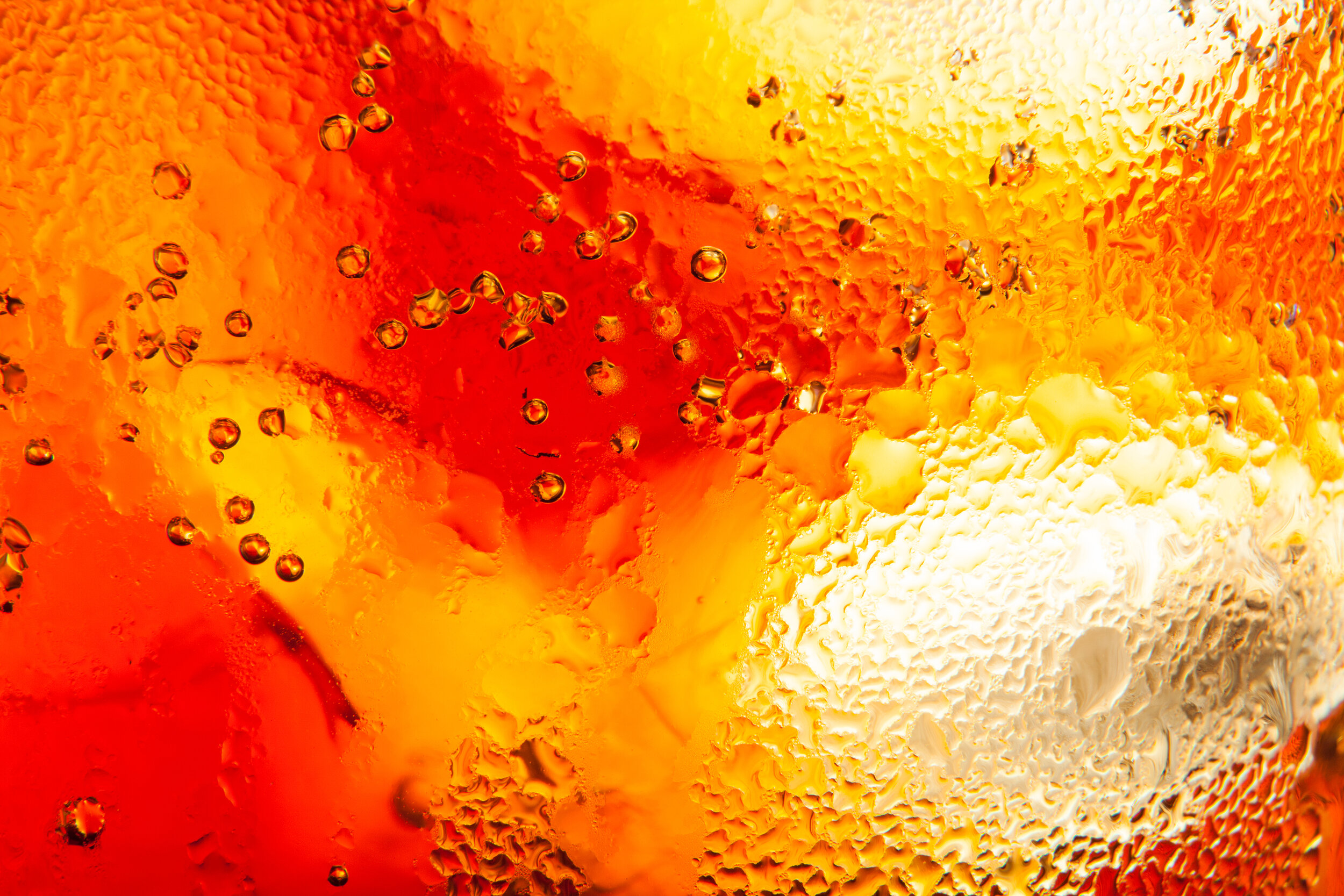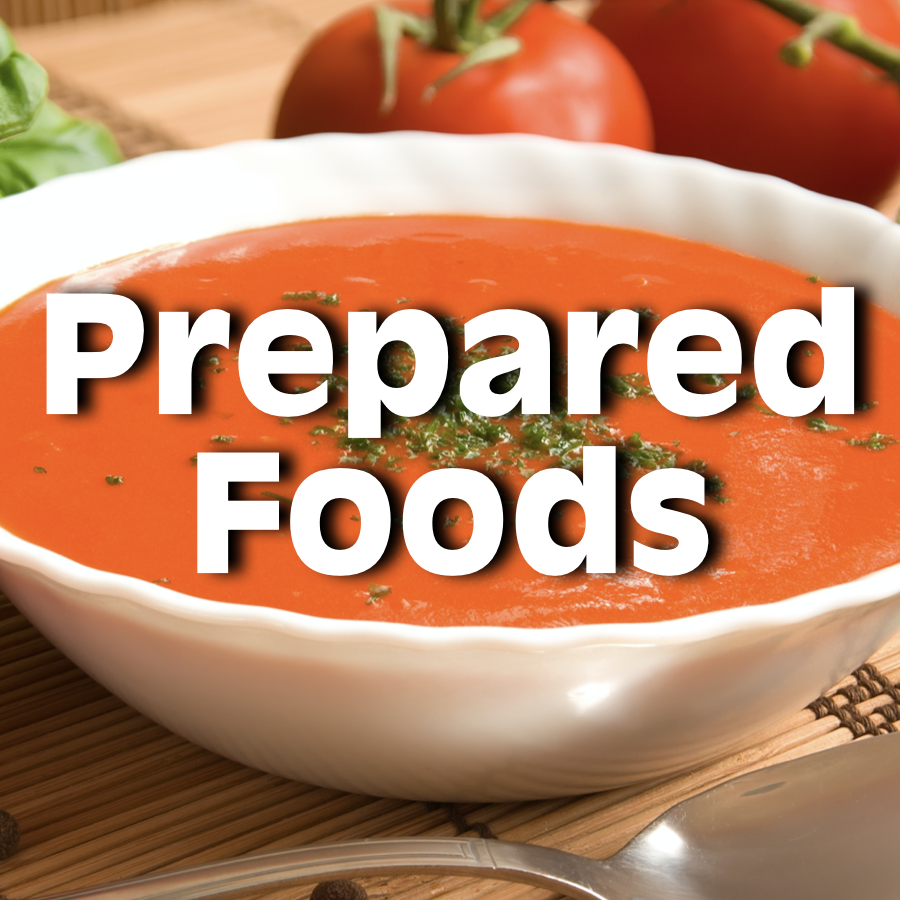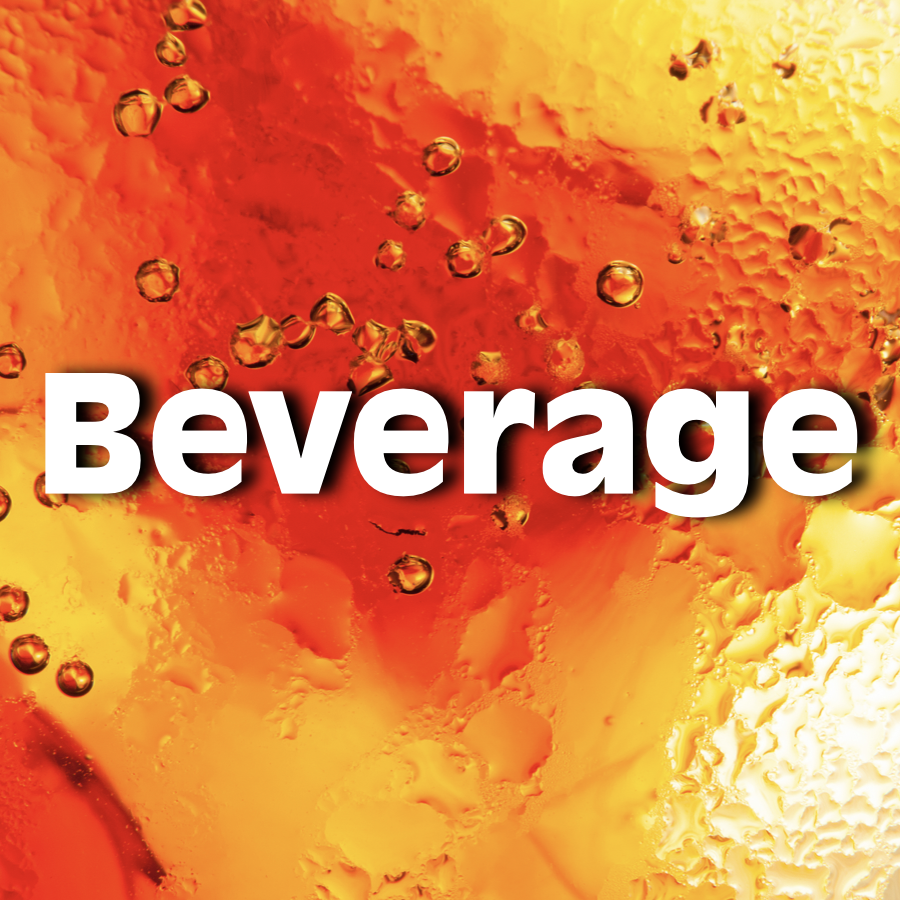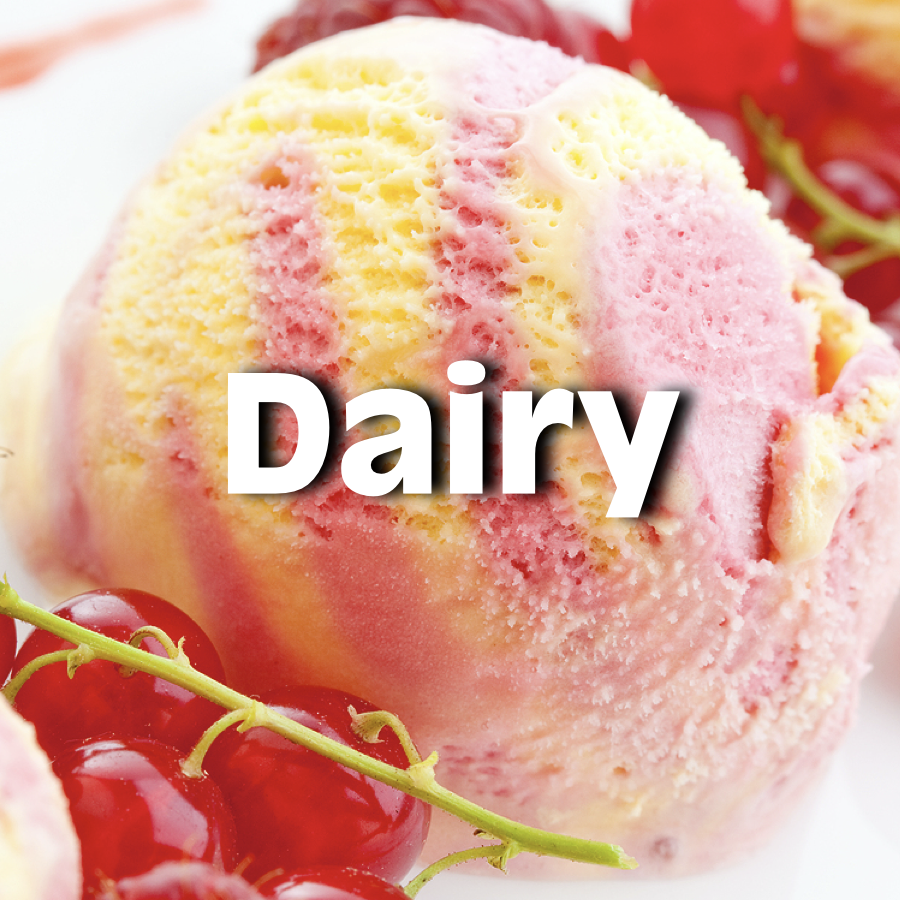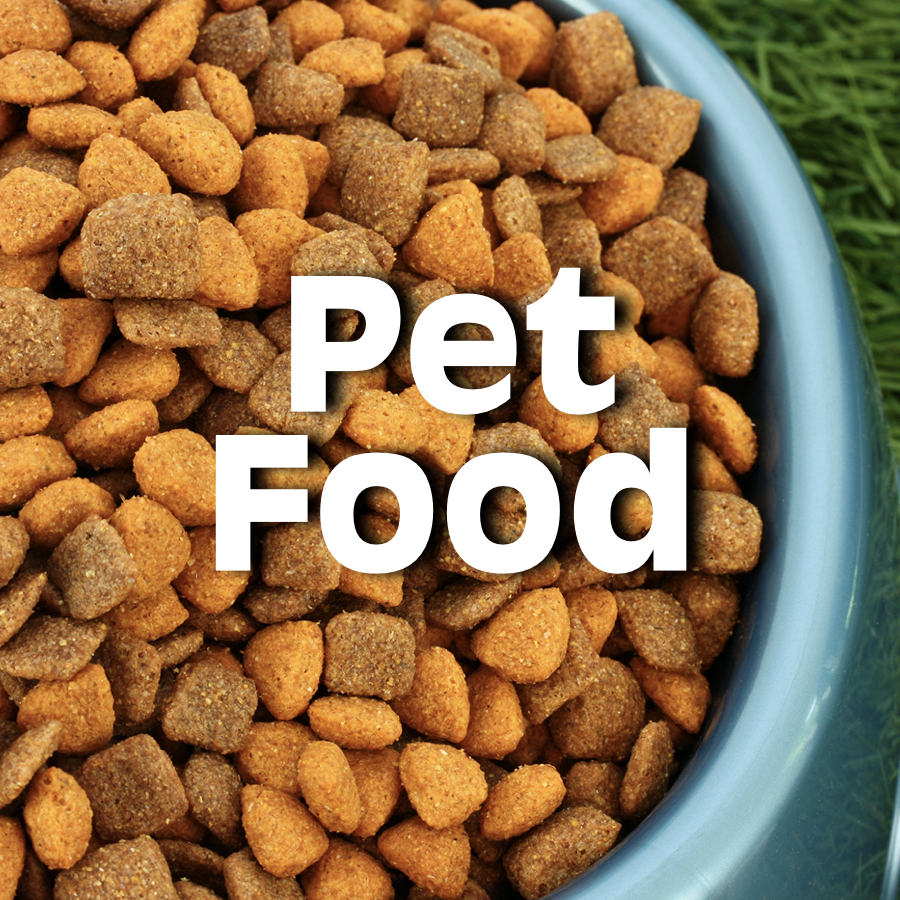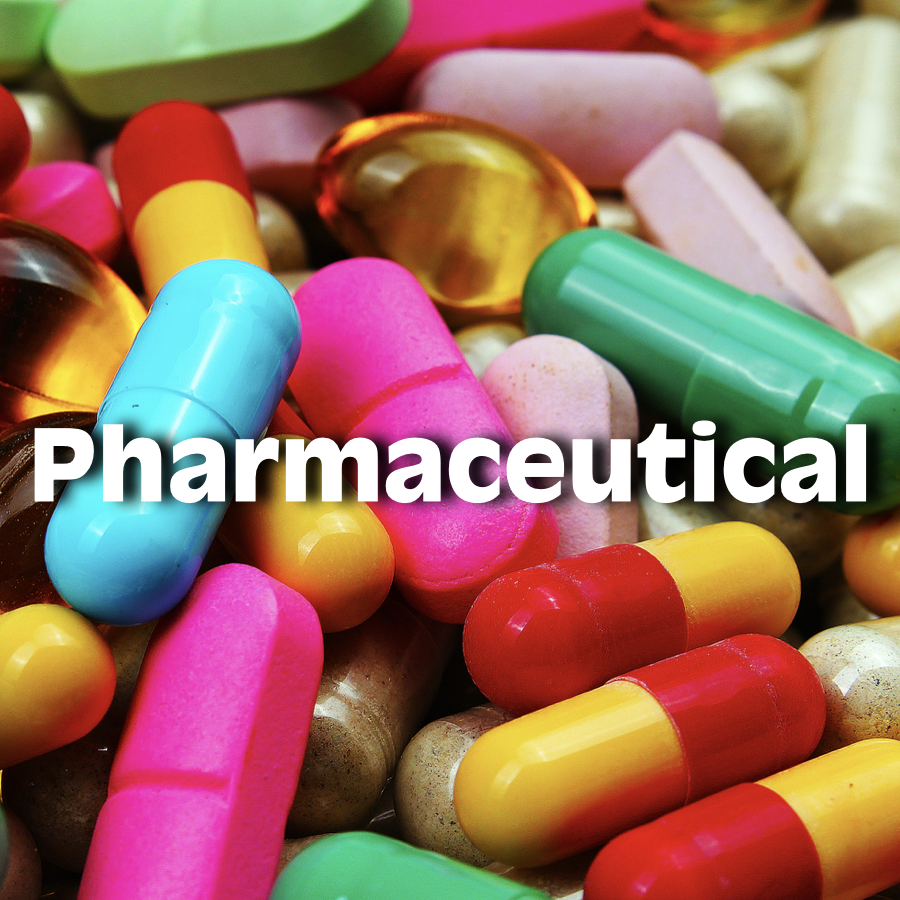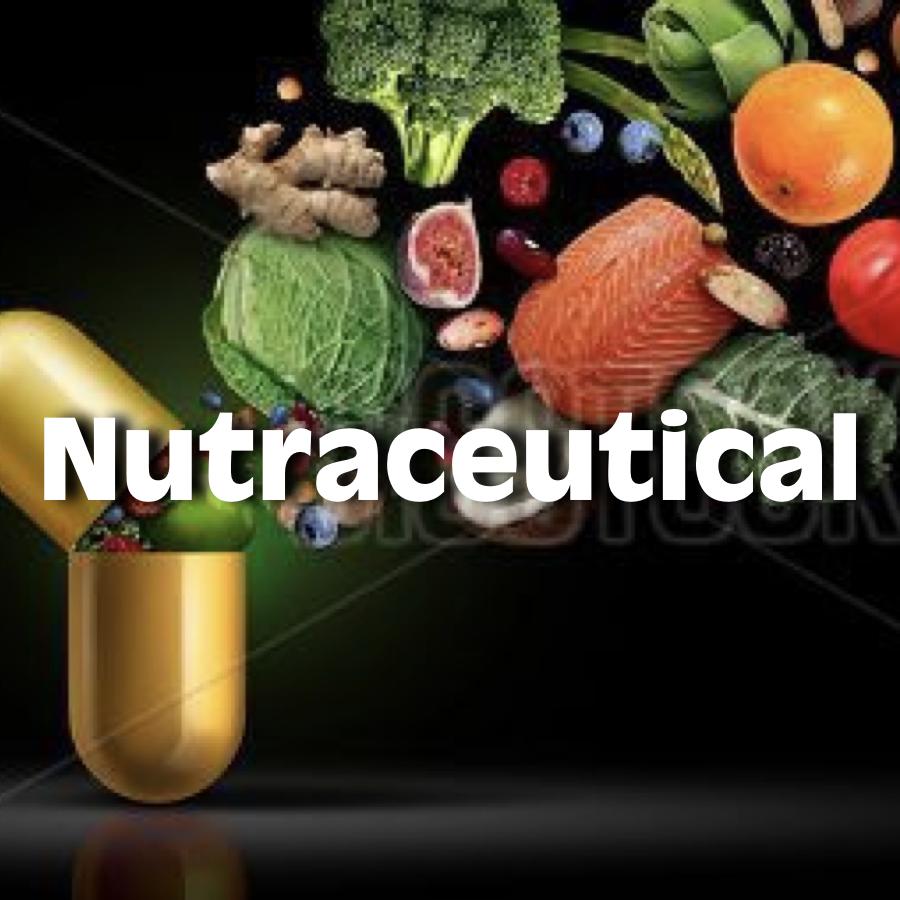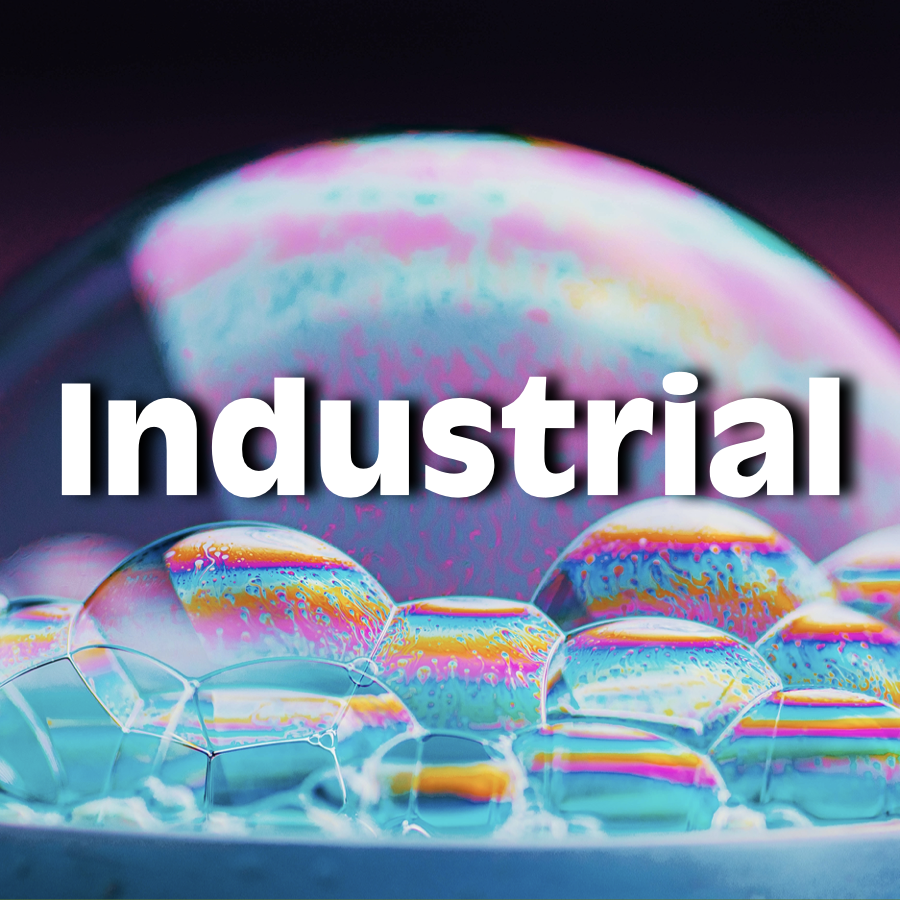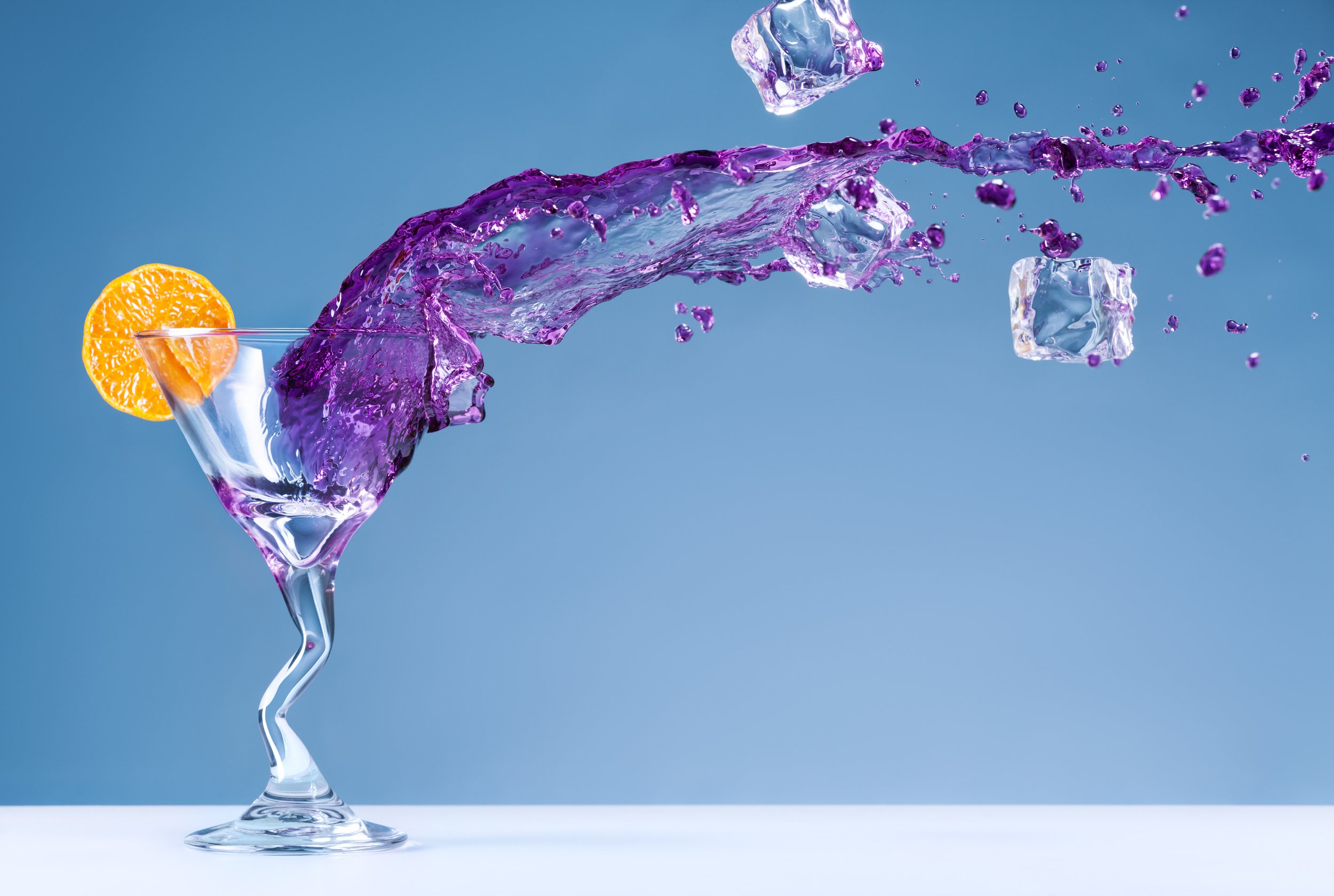
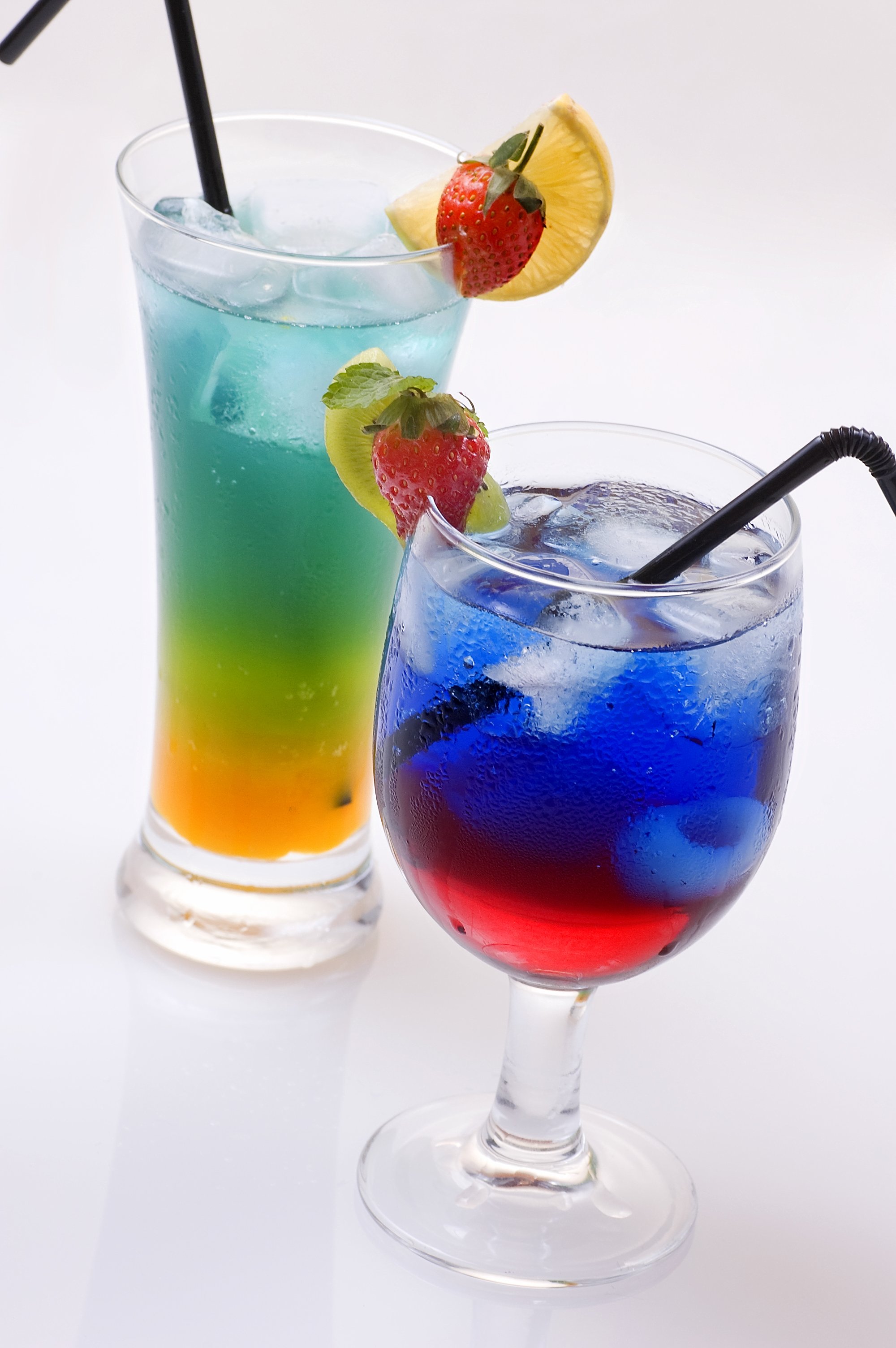
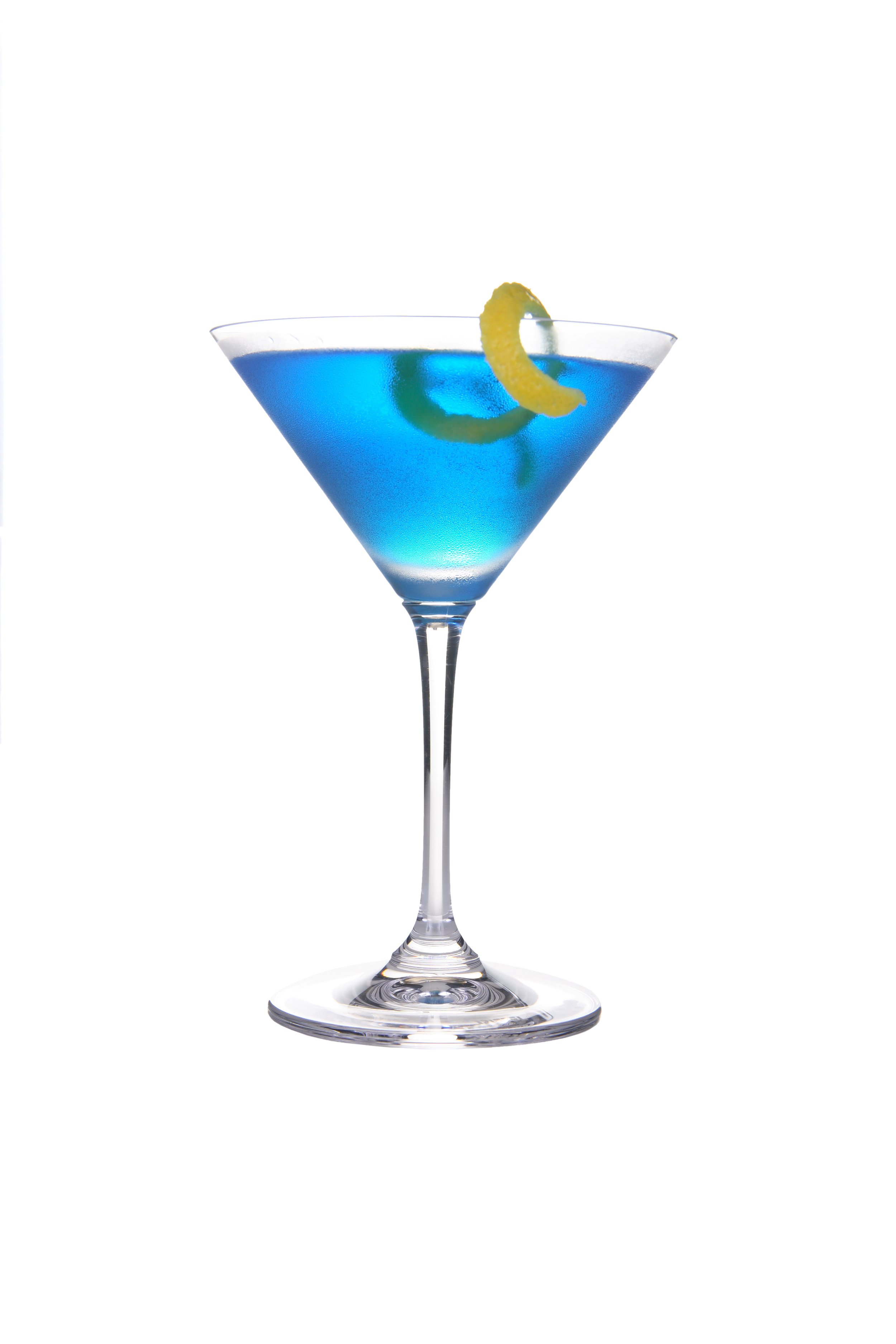
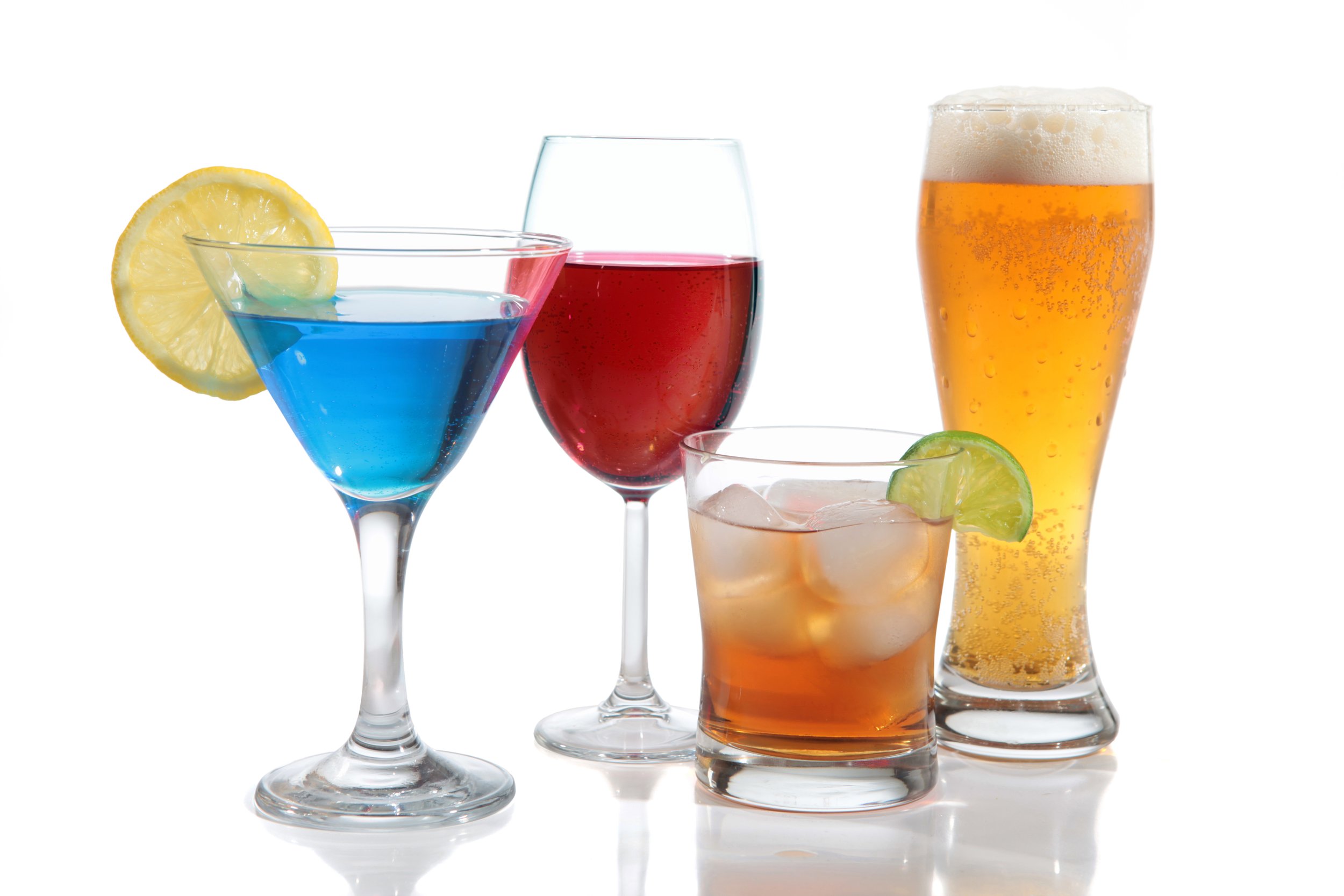
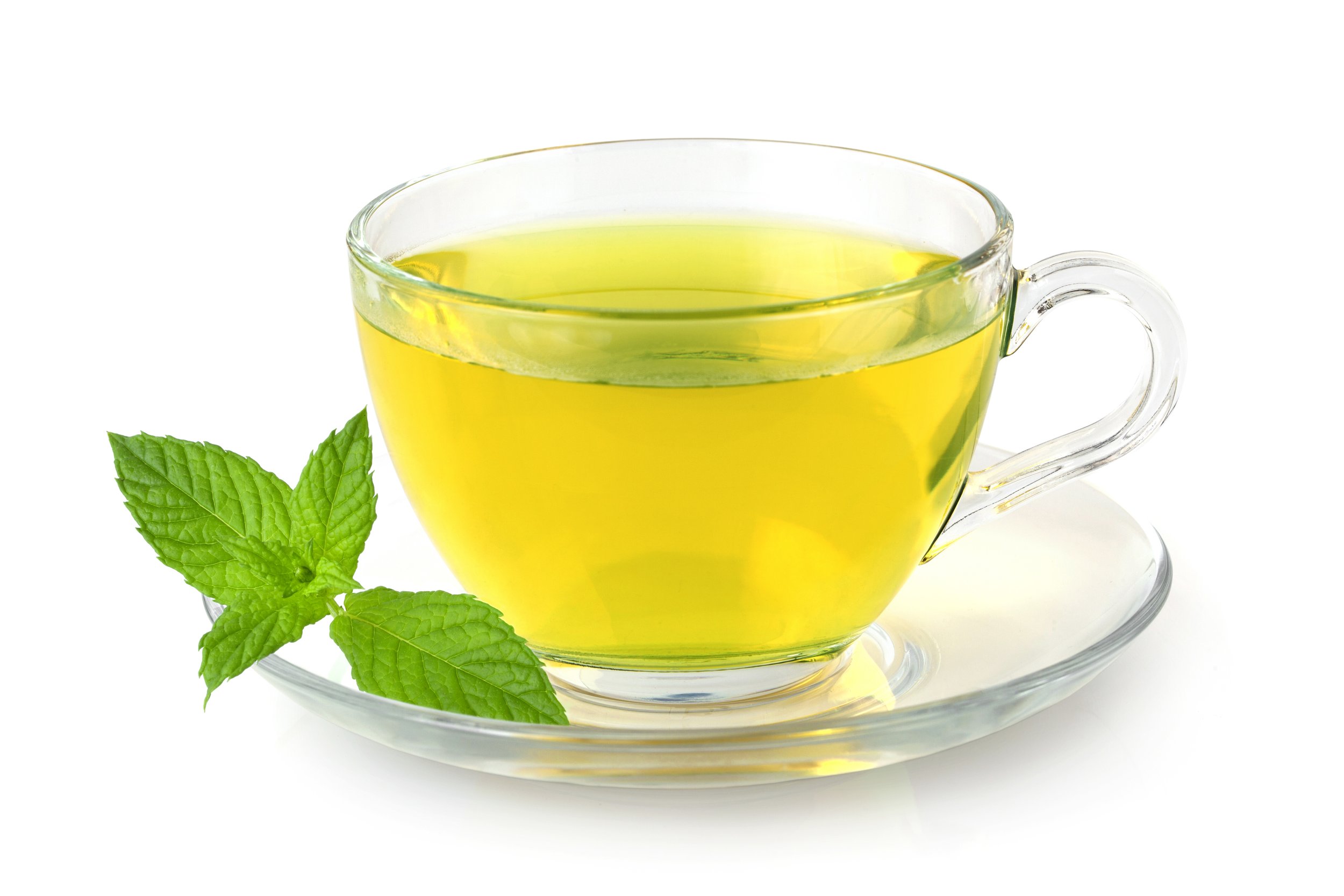
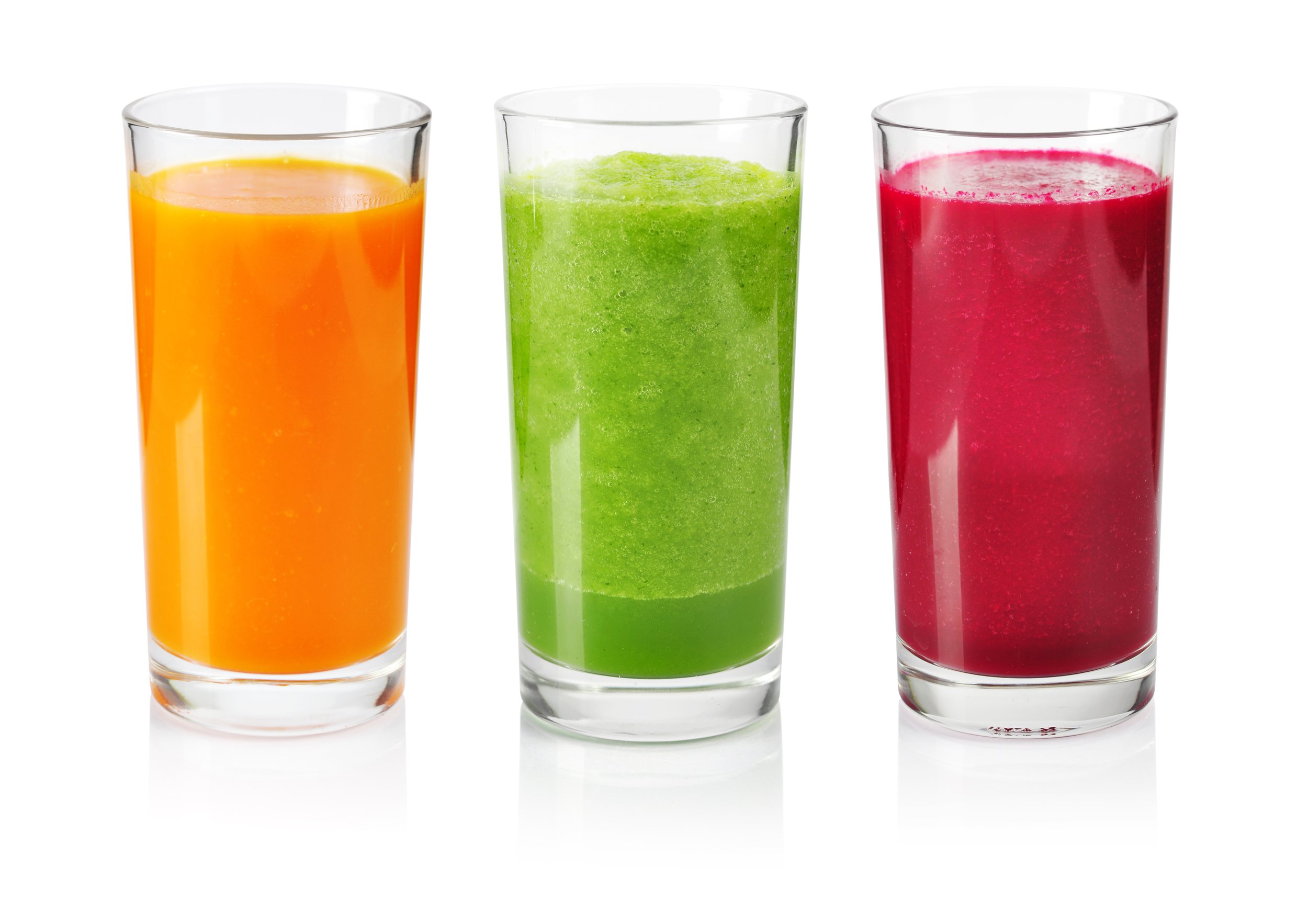

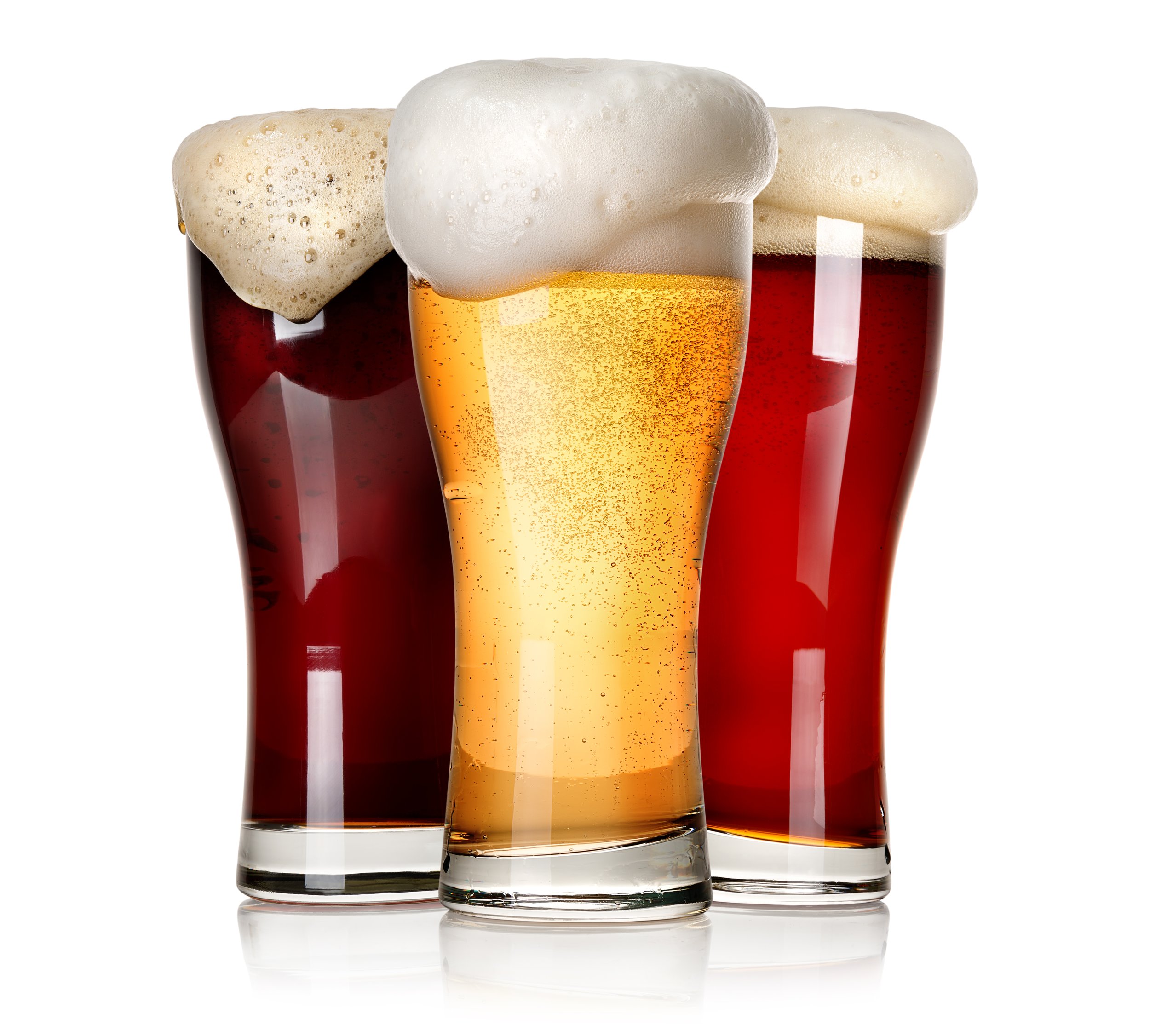
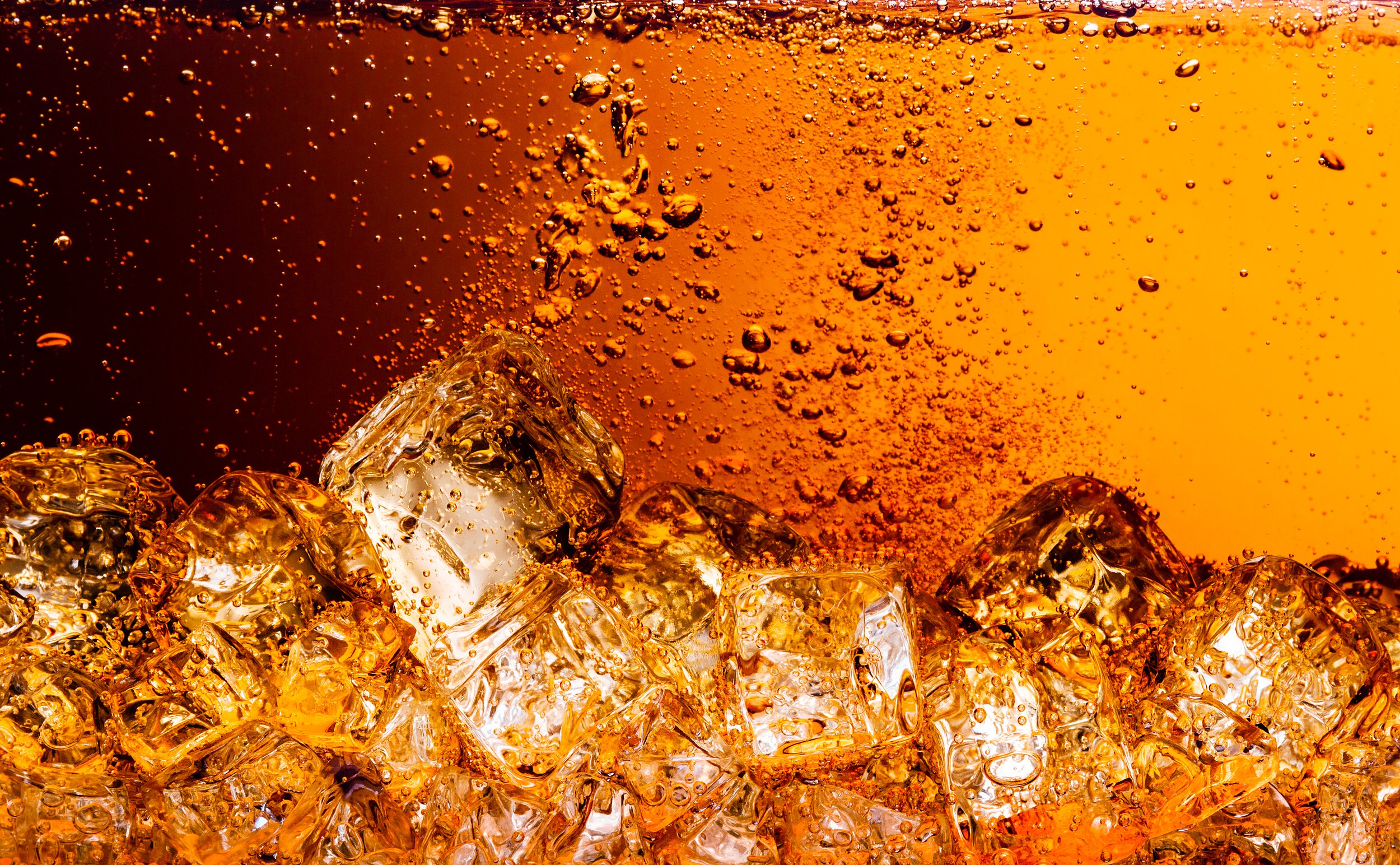
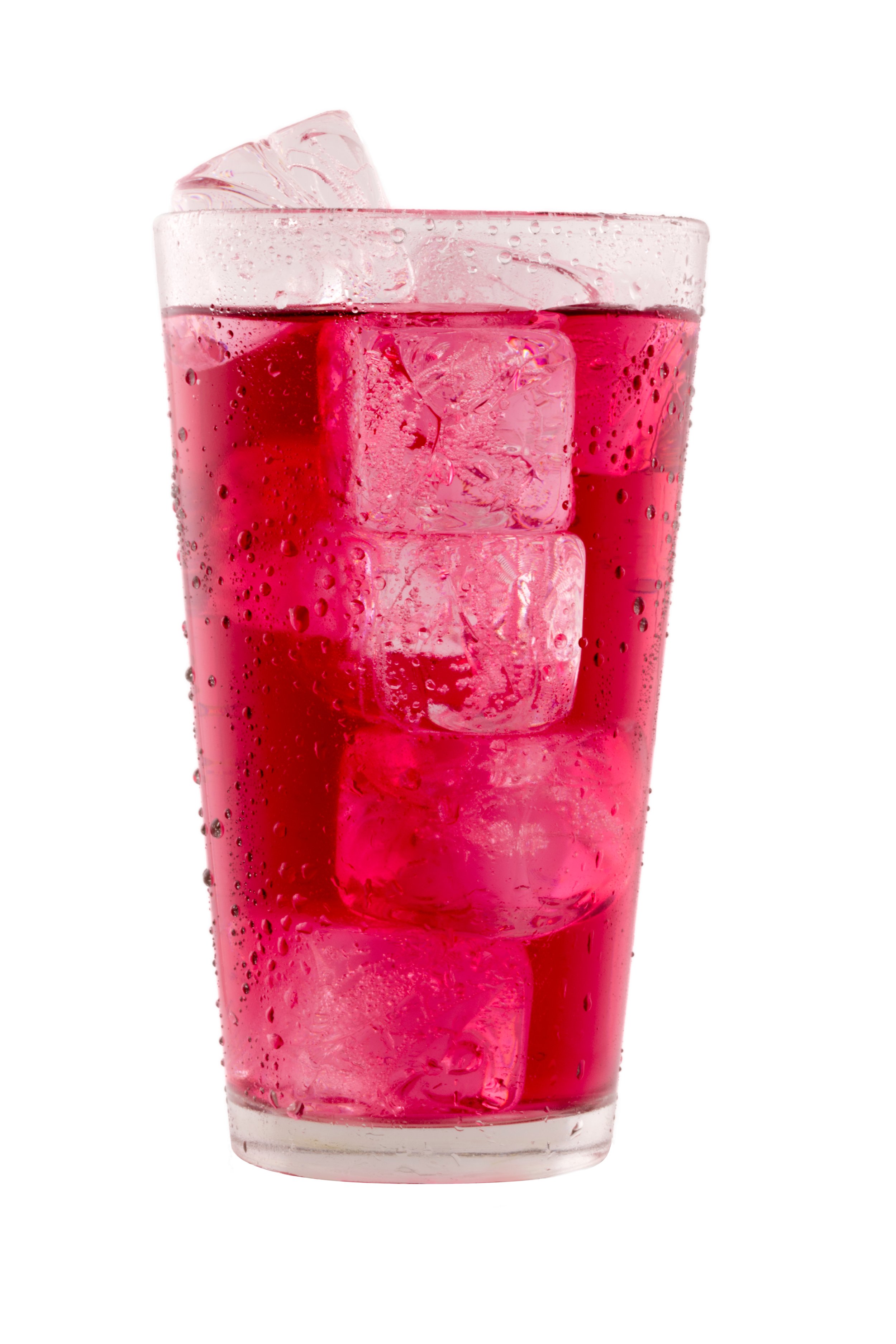
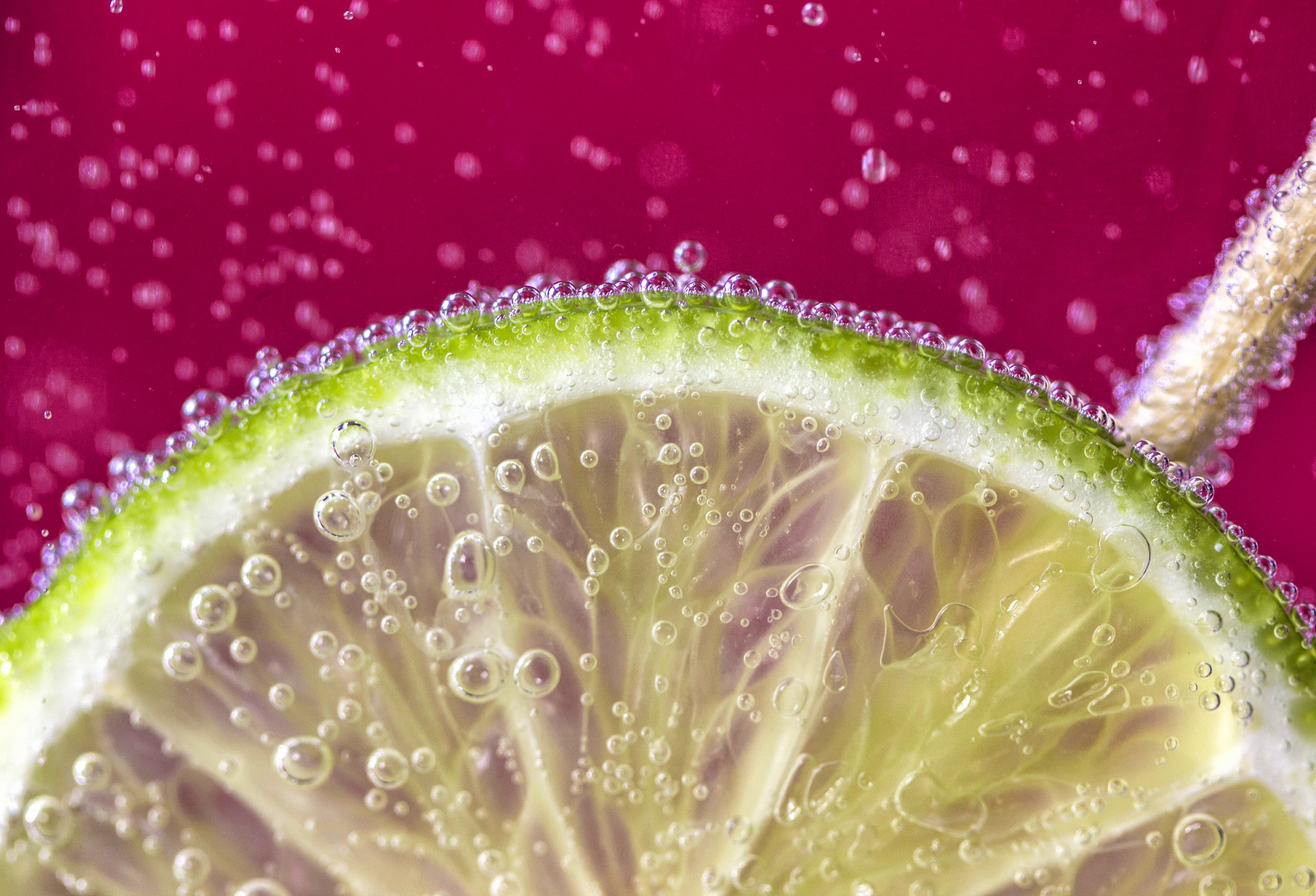
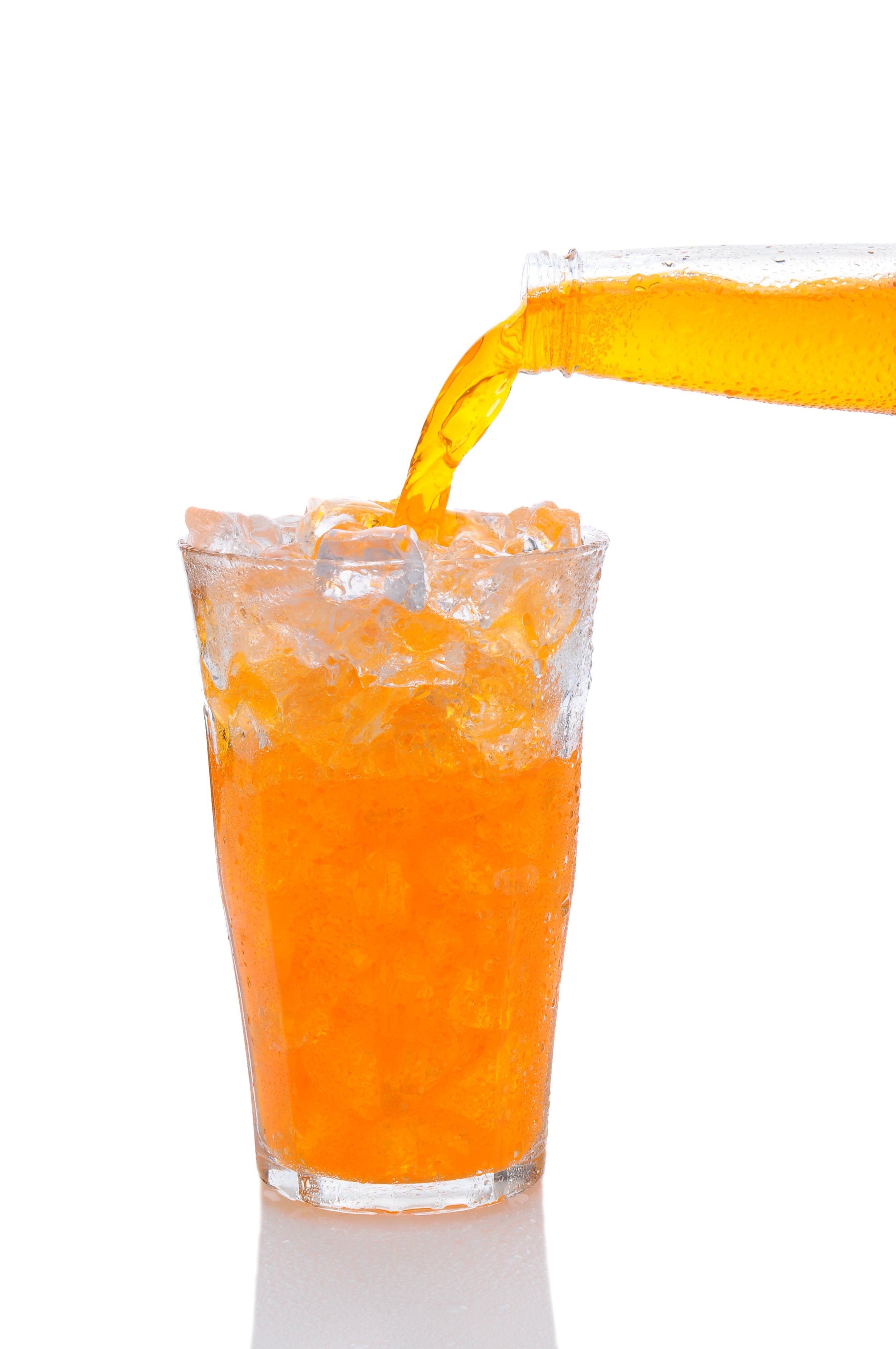
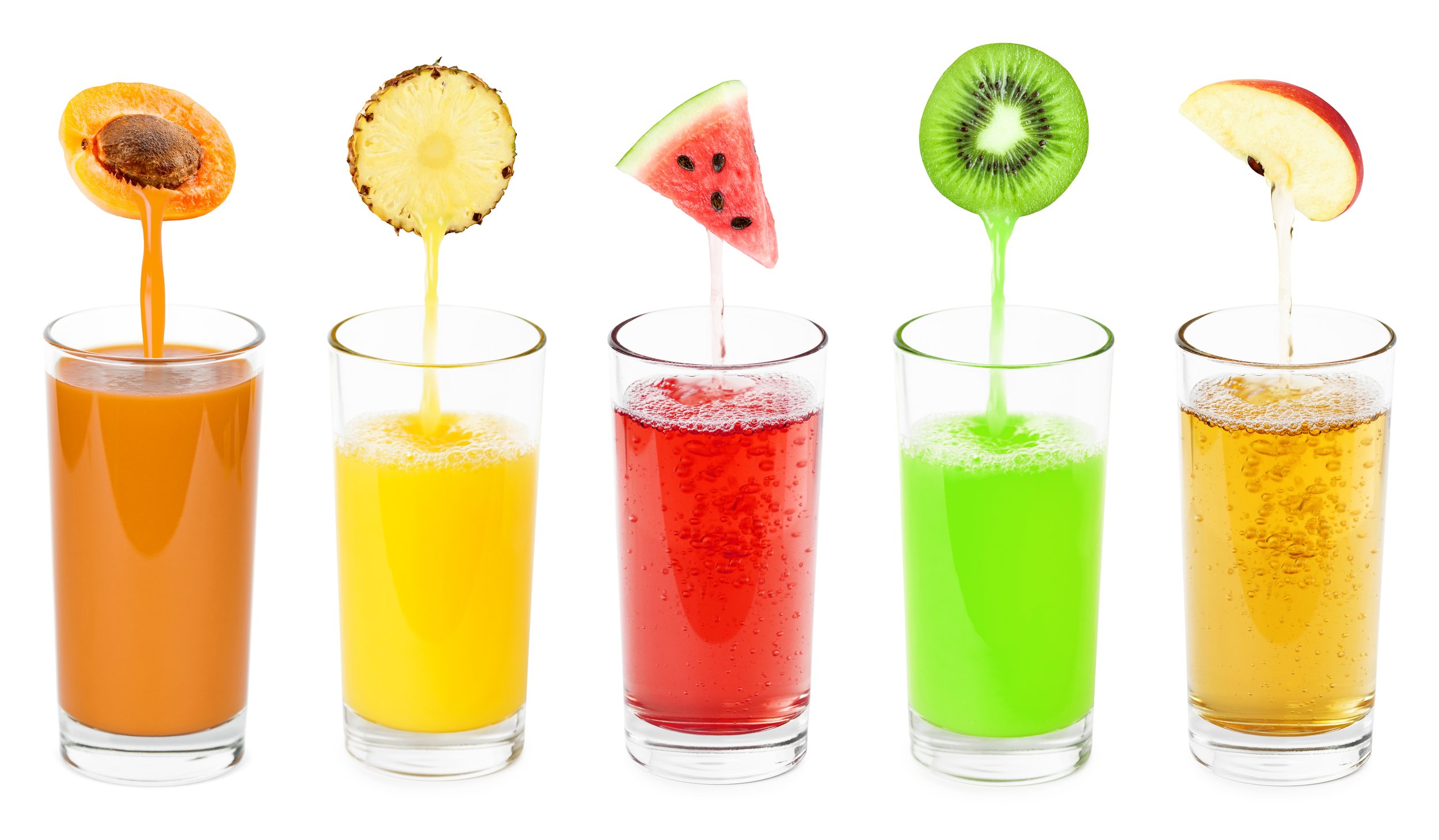
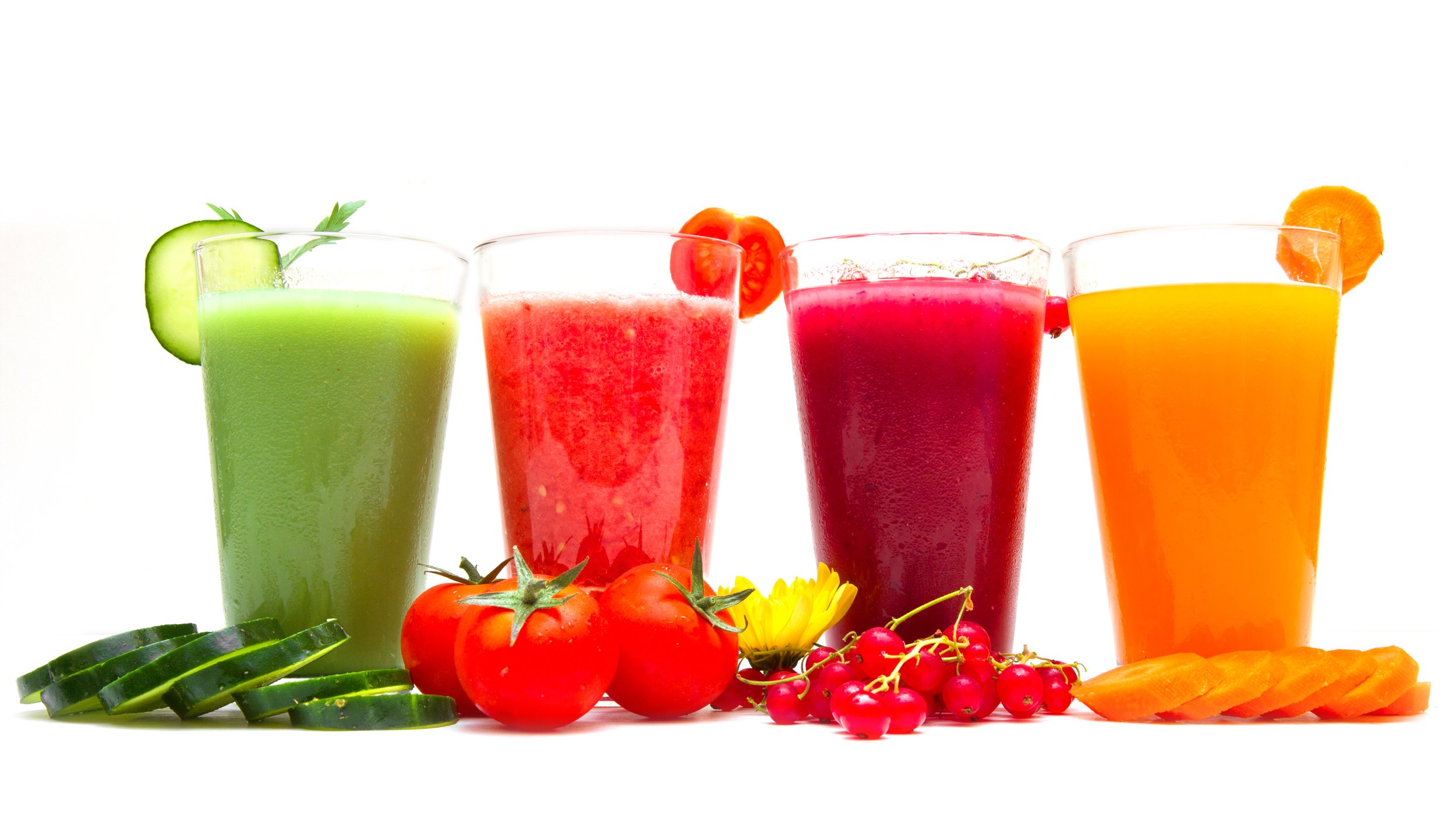


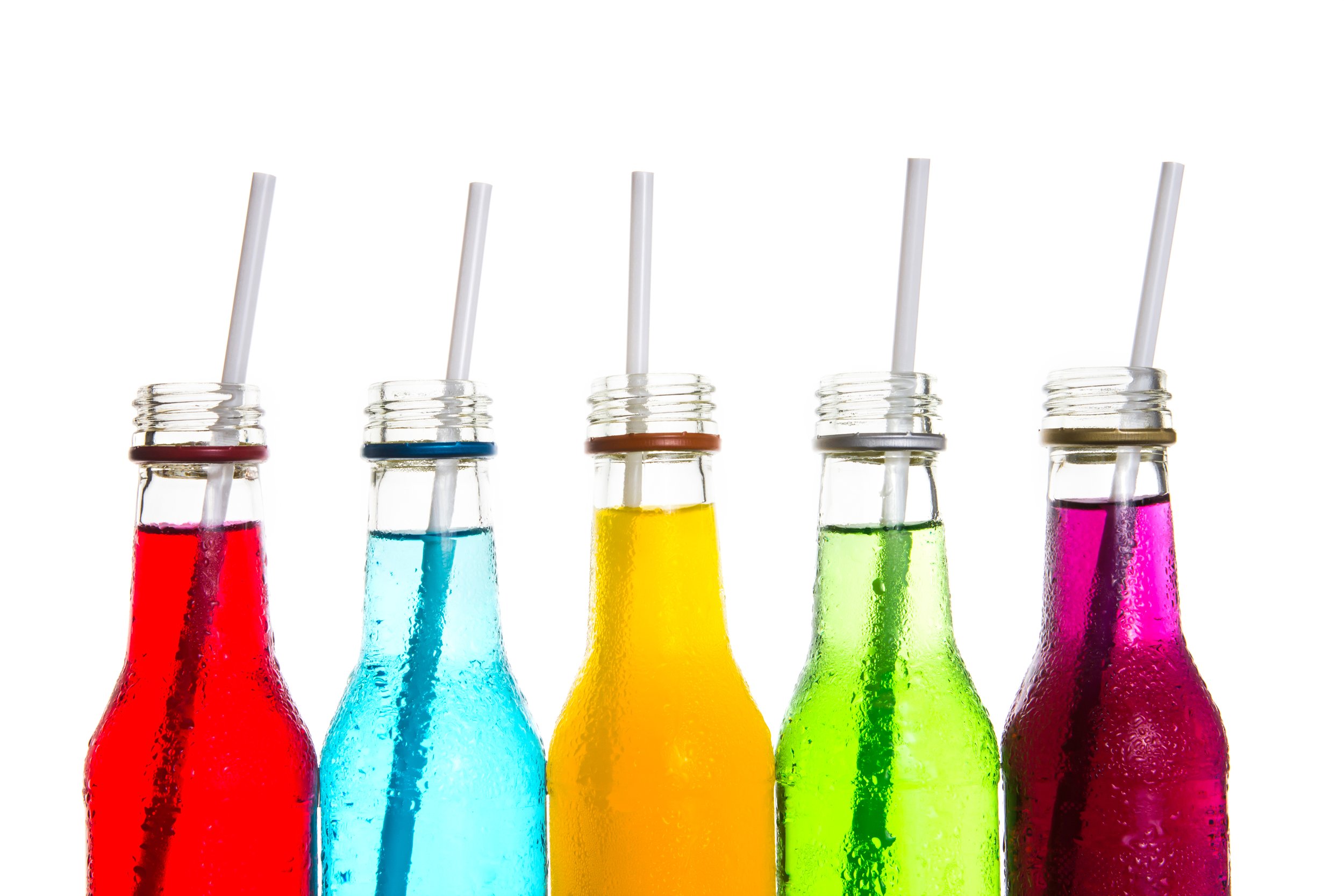
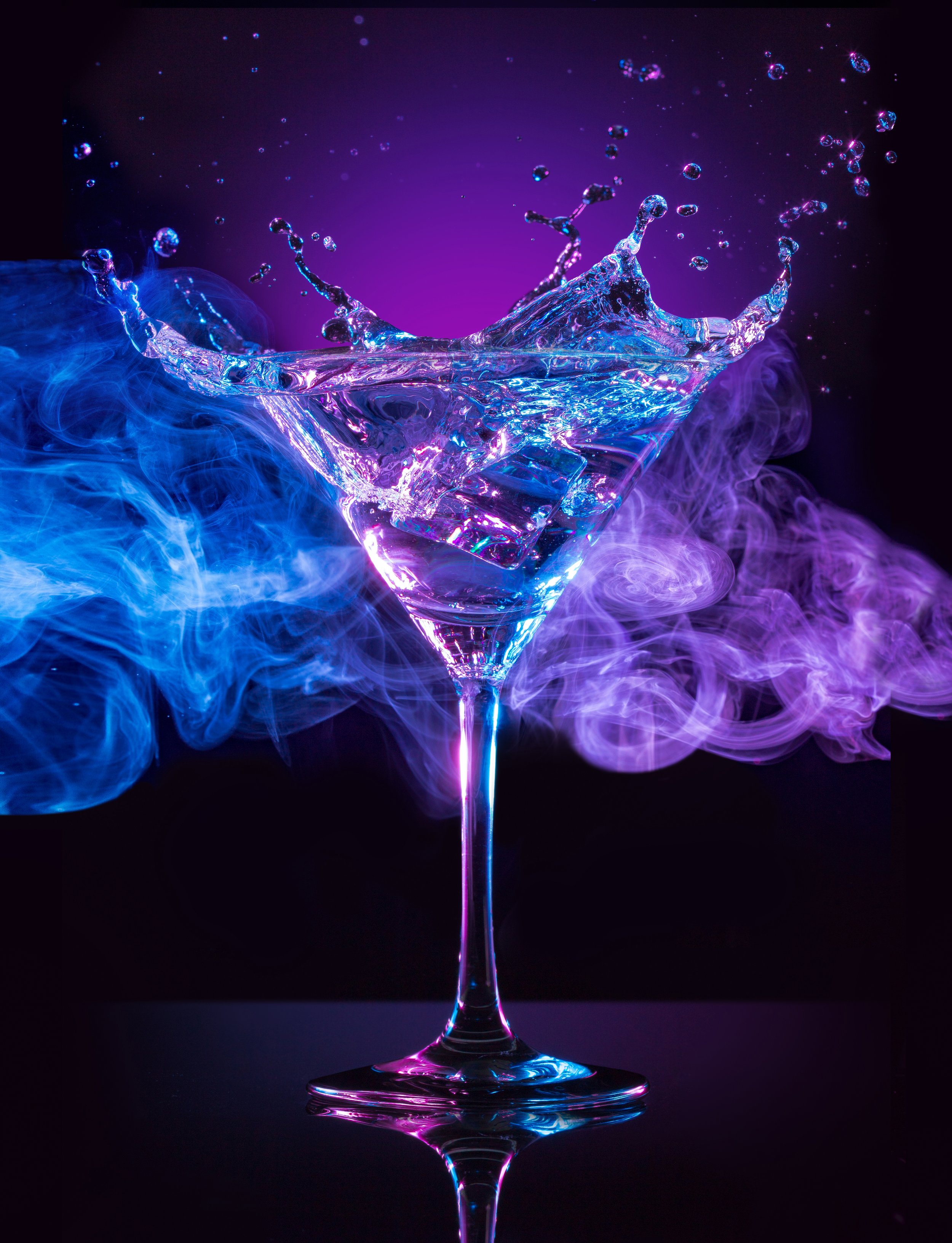
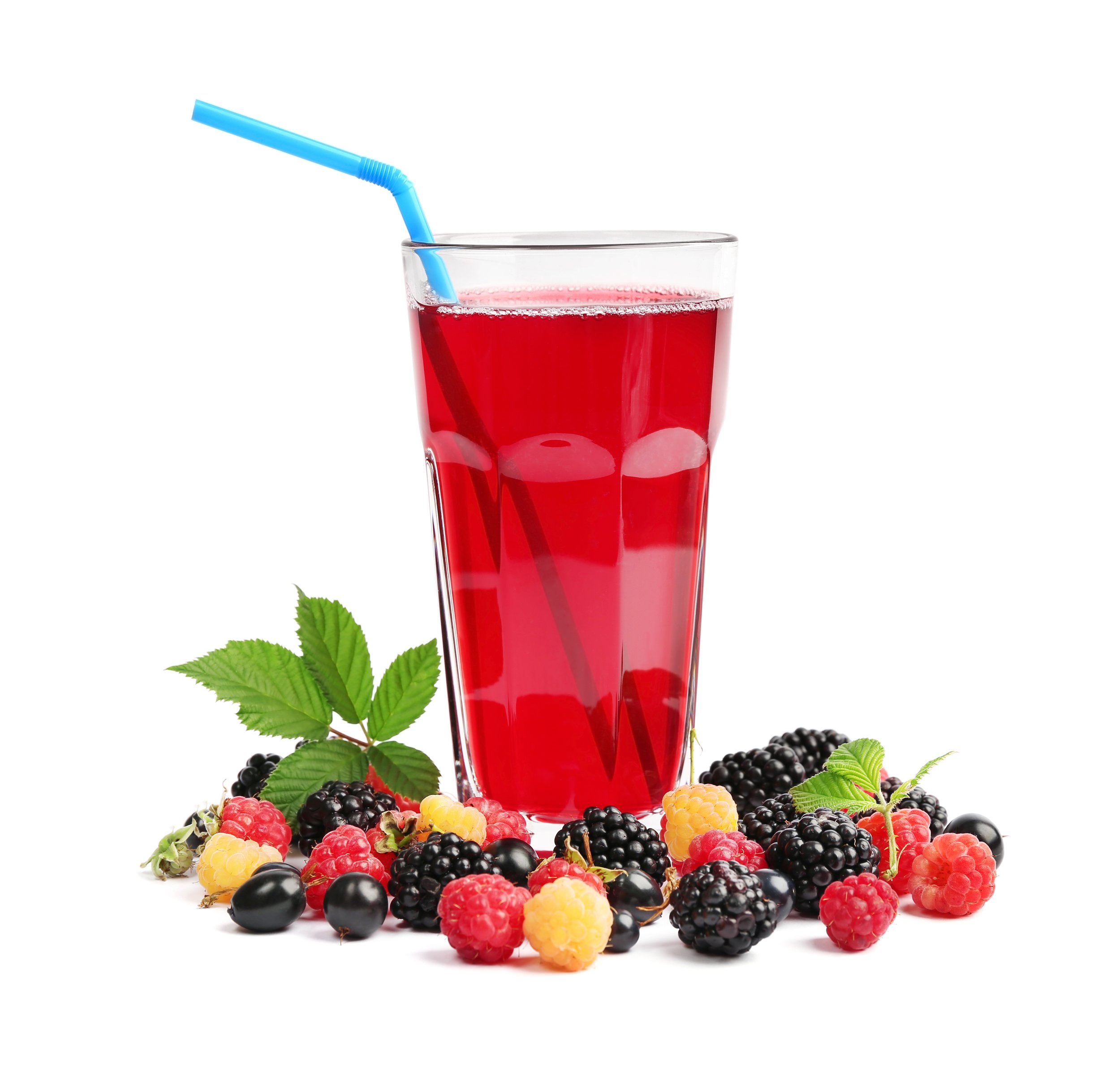
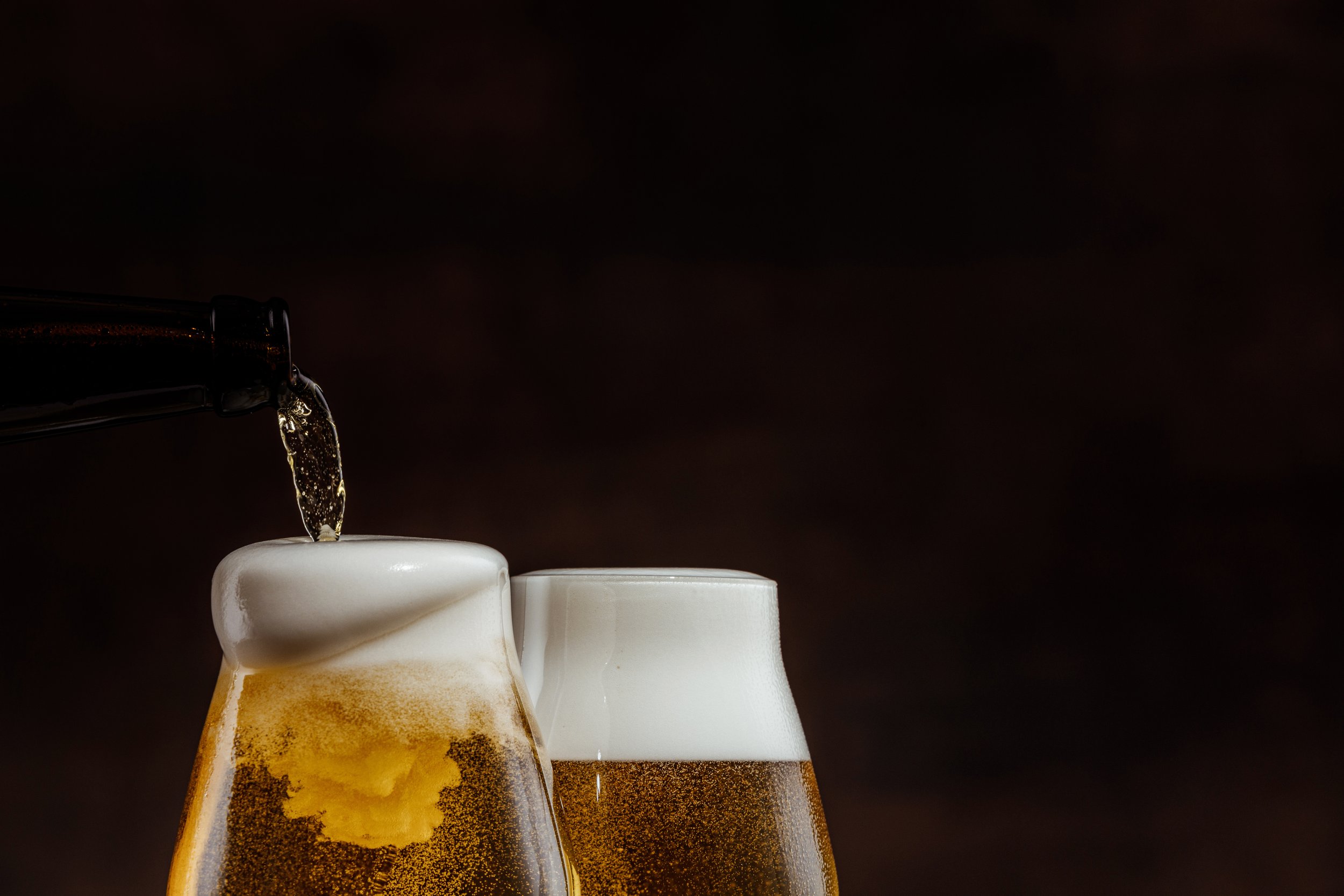

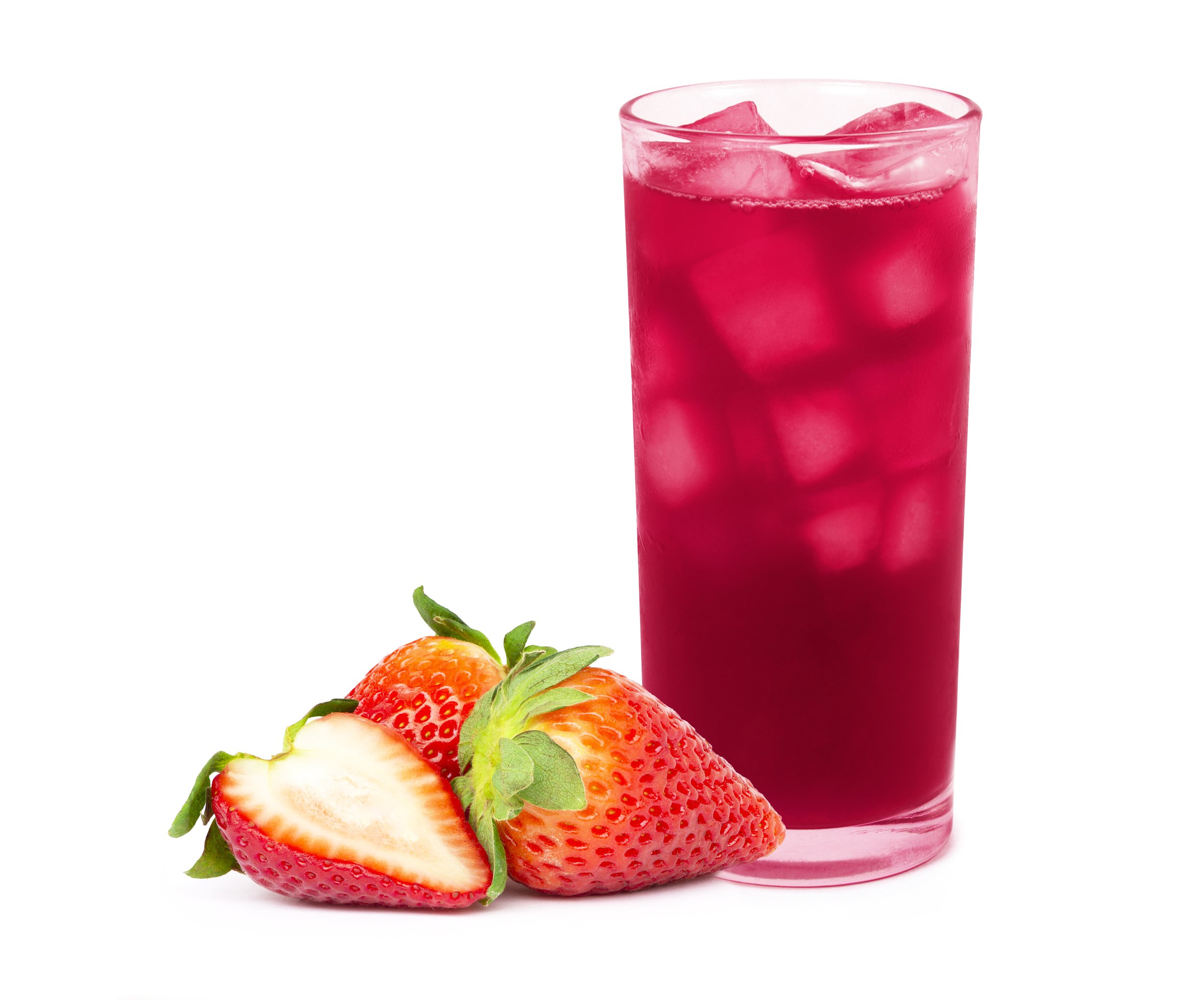
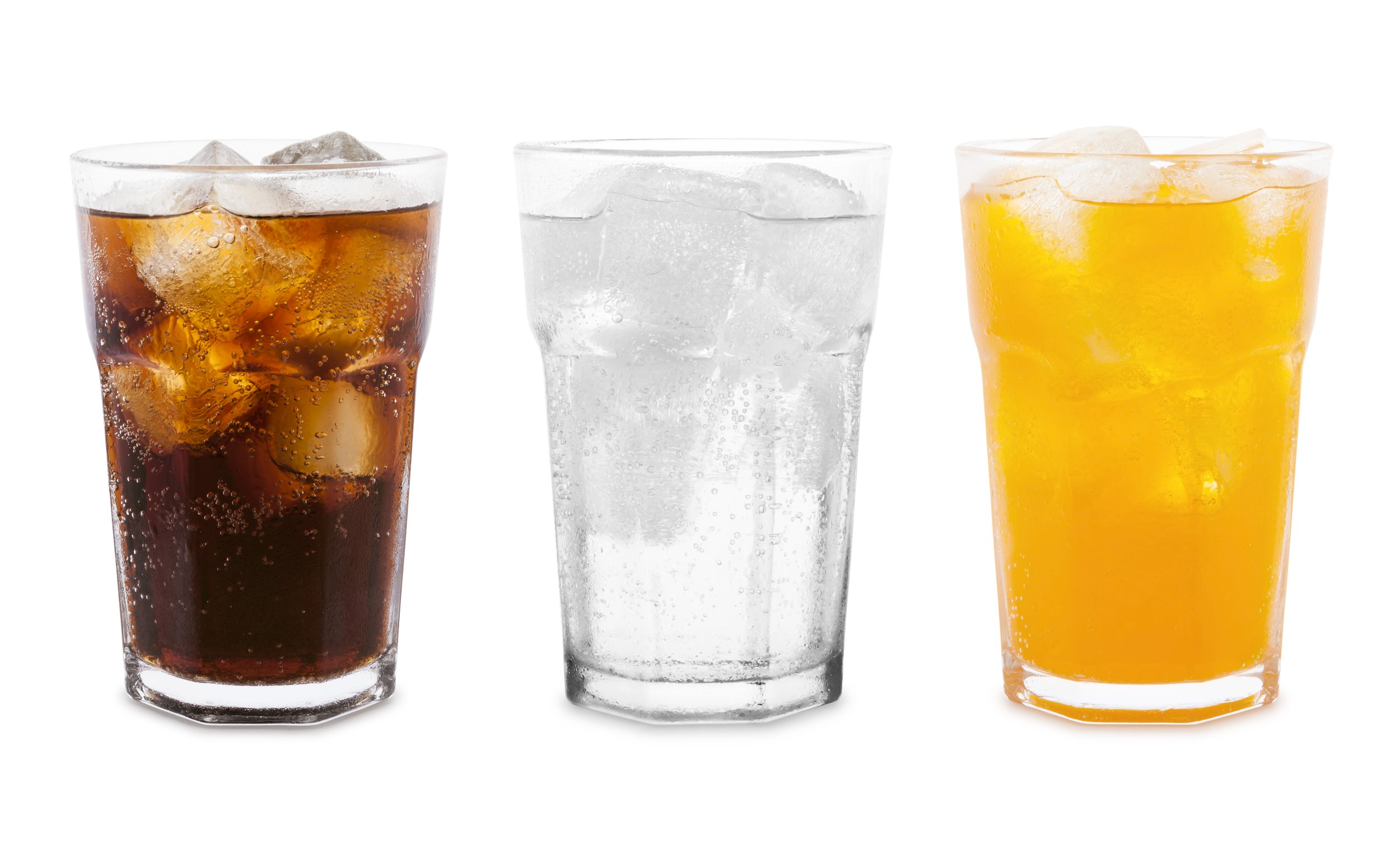
Beverages
/bev-er-ij, bev-rij/
1. A drink of any kind; a drink you consume, typically for pleasure or satisfying thirst
Liquid; Powdered; UHT; still; sodas; juices; juice based; alcoholic; syrups/concentrates; smoothies; coffees; teas
One of the most challenging application areas is Beverage. The range of color shades and intensities is limitless. The flavors for beverage range from citrus to fruity to sweet. Colas, coffees and teas all define their own flavor category or type.
Beverage manufacturing can involve many diverse processing methods, including various pasteurization techniques like UHT or tunnel pasteurization.
Beverages can be juice based, infused, carbonated, fermented or still. Many other more specialized methods exist, each allowing for the consumer to enjoy a certain experience when they take their first sip.
Beverages, by definition, have their ingredients in solution or suspended in water and the ingredients must be stable during the course of the shelf life, to light, heat, interactive ingredients, and also oxygen, depending on the type of packaging. The selection of the proper, best and most stable ingredient systems is both challenging and critical, in order to ensure the finished product meets all of the taste and appearance requirements for ideal marketability, until the end of the product shelf life.
